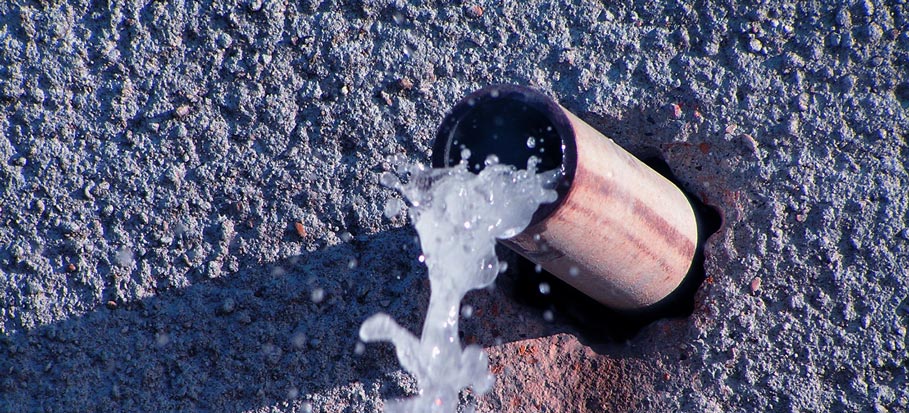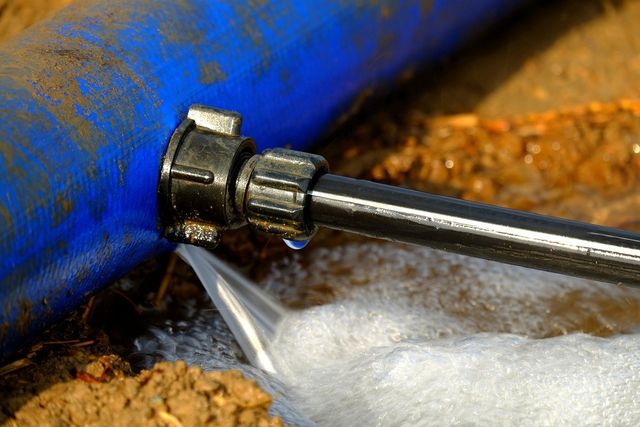Everybody is bound to have his or her own rationale in relation to Detecting hidden plumbing leaks.

Early discovery of leaking water lines can mitigate a possible disaster. Some tiny water leaks may not be noticeable.
1. Analyze the Water Meter
Every residence has a water meter. Examining it is a guaranteed way that helps you discover leaks. For beginners, shut off all the water sources. Ensure nobody will purge, utilize the faucet, shower, run the washing maker or dishwasher. From there, go to the meter and also watch if it will certainly change. Since nobody is using it, there need to be no activities. If it relocates, that indicates a fast-moving leak. Also, if you spot no changes, wait a hr or two and also check back once more. This means you might have a slow leakage that might also be underground.
2. Examine Water Consumption
If you spot abrupt adjustments, regardless of your intake being the exact same, it means that you have leakages in your plumbing system. An unexpected spike in your expense indicates a fast-moving leakage.
A stable boost every month, also with the same behaviors, reveals you have a slow leak that's additionally slowly intensifying. Call a plumber to thoroughly check your residential or commercial property, especially if you feel a warm location on your floor with piping below.
3. Do a Food Coloring Examination
When it comes to water usage, 30% comes from bathrooms. If the color somehow infiltrates your dish during that time without flushing, there's a leakage between the tank as well as bowl.
4. Asses Exterior Lines
Do not forget to inspect your exterior water lines as well. Ought to water leak out of the connection, you have a loose rubber gasket. One tiny leakage can throw away bunches of water as well as surge your water costs.
5. Analyze the situation and inspect
Home owners should make it a routine to inspect under the sink counters and also also inside closets for any type of bad odor or mold and mildew development. These two red flags suggest a leakage so timely focus is called for. Doing routine examinations, even bi-annually, can conserve you from a significant issue.
Examine for discolorations and also deteriorating as a lot of pipelines and also appliances have a life expectancy. If you suspect leaking water lines in your plumbing system, don't wait for it to escalate.
Early discovery of dripping water lines can alleviate a prospective disaster. Some small water leaks may not be visible. Checking it is a proven means that helps you uncover leakages. One little leak can throw away tons of water as well as surge your water costs.
If you believe leaking water lines in your plumbing system, do not wait for it to escalate.
How to Know If Your Home Has a Hidden Leak
Water Meter Reveals Inexplicable Water Usage
If you’d like to test whether or not there’s a leak somewhere in your home, you can do this using your water meter. Here is how to conduct the test:
Don’t use any water in your home for at least 30 minutes; this also means not turning on faucets or water-using appliances.
Go outside, and check your water meter for activity.
If your water meter shows that there was activity, even though no one was using any water, this proves that there is a leak in your home.Visible Mold or Mildew Growth
Leaks behind walls create moist, dark environments that allow mold and mildew to grow and thrive. Eventually, you might see mold growth forming on the wall closest to a hidden leak.
If mold is growing in an area that receives a high amount of moisture, such as a bathroom, it may simply be an indication that better ventilation is needed. However, if you see mold growth on a wall or the ceiling in an area where you would not expect, you probably have a hidden leak.
Musty, Mildew Odor
Sometimes you might not be able to see the mold or mildew that is growing as a result of a leak. However, the smell can give the problem away just as easily. If you catch a whiff of something musty, there’s a good chance that old water is collecting somewhere in your home that you can’t see.
Stained/Warped Walls, Ceilings, or Floors
When your home soaks up water, a variety of red flags can become visible, including ceiling stains, bubbling drywall, warped walls, and sagging floors. While these issues can be caused by excess humidity, they can also be signs that a pipe or plumbing connection has started leaking behind your walls.
Inexplicably High Water Bill
After a while, you get a general sense for what your water bill should be. If you own a pool or sprinkler system, your bill will tend to be higher during summer. However, if you receive a water bill that seems especially high, and you can’t figure out what caused it, then you may have a hidden leak somewhere that’s increasing your bill.
https://www.plumbingjoint.com/blog/2019/july/how-to-know-if-your-home-has-a-hidden-leak/

Hopefully you enjoyed our article on Hacks to detect leaks. Thanks a lot for taking the time to browse our piece of content. Are you aware of anybody else who is enthusiastic about the niche? Please feel free to promote it. Bless you for your time. Kindly visit our site back soon.